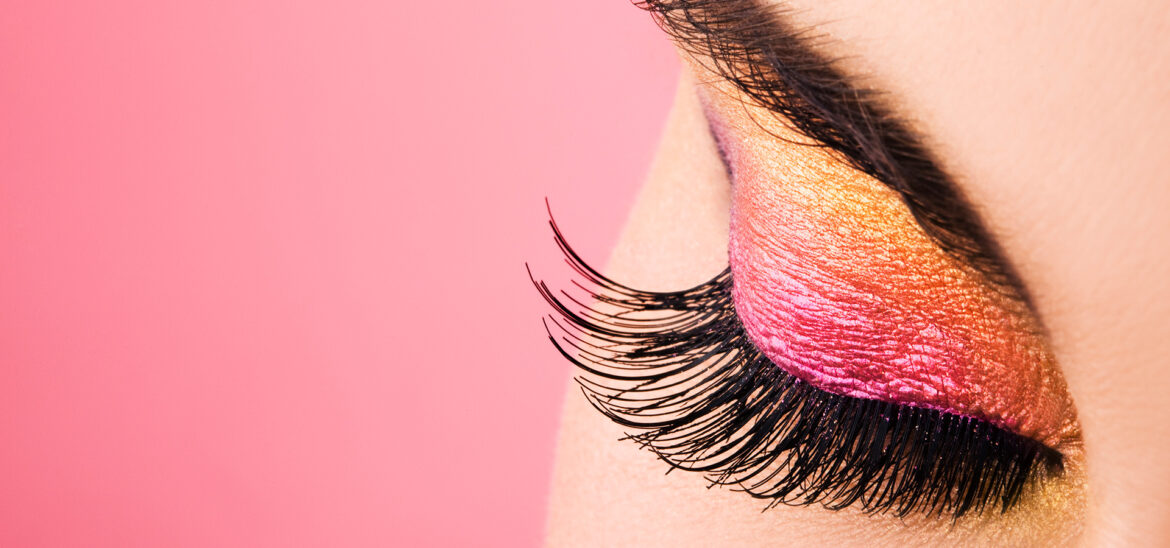The global Skin Care market is witnessing significant growth across various product segments, including moisturizers, anti-aging creams, cleansers, sunscreens, and face masks. Among them, anti-aging and whitening products are particularly attracting consumers, especially in Asia. According to Expert Market Research and Research and Markets, the global market reached a value of $109.71 billion in 2023 and is expected to reach $194.05 billion by 2032, with a compound annual growth rate (CAGR) of approximately 6.68%. The Asia-Pacific region, led by K-Beauty and J-Beauty trends, accounts for over 51.69% of the global market share due to the high demand for beauty and skincare products.
In Vietnam, the Skin Care market is also experiencing rapid growth, with popular product segments including moisturizers, cleansers, serums, sunscreens, and acne treatments. Particularly, whitening and anti-aging products are highly sought after domestically. According to Expert Market Research, the Vietnamese market was valued at $1.20 billion in 2023 and is expected to grow to $2.79 billion by 2032, with a CAGR of 9.5%. International brands like L’Oréal, Estée Lauder, and Shiseido have established a strong presence in Vietnam, while local brands such as Saigon Cosmetics and Rohto Vietnam are also striving to develop and compete in this market (StrategyHelix).
In terms of market size, the global Skin Care market is expected to continue its steady growth thanks to increased consumer awareness of skincare and beauty. Meanwhile, the Vietnamese Skin Care market has strong growth potential with a CAGR of 9.5% from 2023 to 2032. The rising interest in skin protection and maintaining healthy skin has driven the demand for skincare products, particularly in the anti-aging and skin protection segments.
The trend of natural products and Clean Beauty is becoming a dominant force globally. Consumers in regions such as North America and Europe are increasingly favoring products that are free from harmful chemicals, cruelty-free, and made from natural ingredients. In Vietnam, this trend is also spreading, as consumers become more aware of health and environmental protection (StrategyHelix). Anti-aging and sunscreen products are particularly popular among customers aged 25-40, as they focus on protecting their skin from harmful factors such as sunlight and the aging process. Products that reduce wrinkles, combat oxidation, and protect the skin from UV rays are highly valued (Expert Market Research).
Overall, the Skin Care market in Vietnam and globally is developing at an impressive pace. Natural products, anti-aging, and skin protection continue to be promising areas, offering significant opportunities for businesses in the industry. For brands with strategies focused on clean and natural products, this is a favorable time to expand their market and reach potential customers.
Tác giả Hồ Đức Duy. © Sao chép luôn giữ tác quyền





